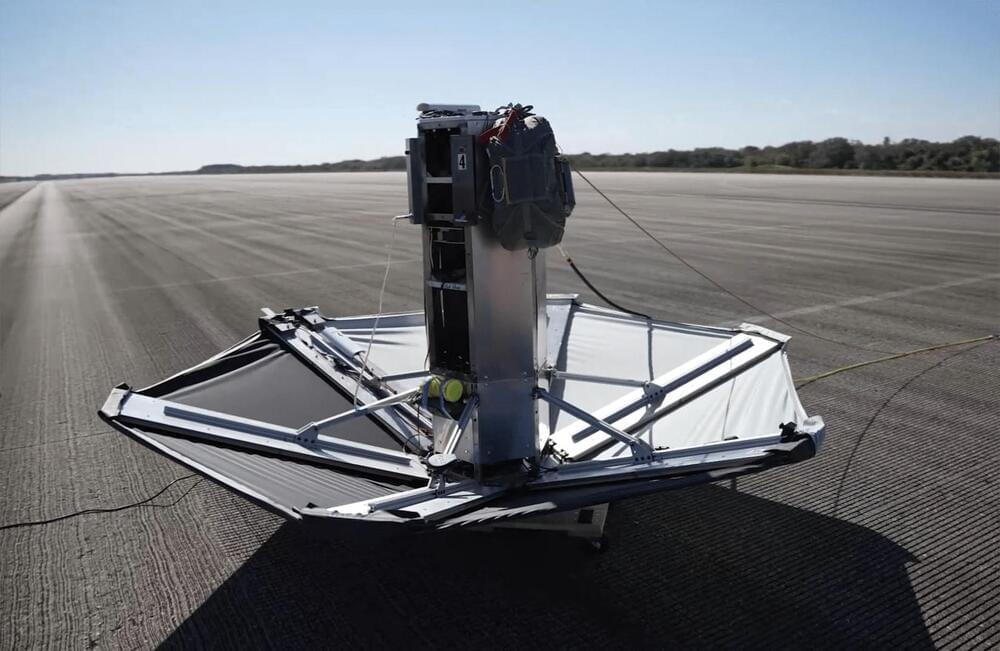“It’s exciting to see the high efficiency and versatility of eePASSIGE, which could enable a new category of genomic medicines,” added Gao. “We also hope that it will be a tool that scientists from across the research community can use to study basic biological questions.”
Prime improvements
Many scientists have used prime editing to efficiently install changes to DNA that are up to dozens of base pairs in length, sufficient to correct the vast majority of known pathogenic mutations. But introducing entire healthy genes, often thousands of base pairs long, in their native location in the genome has been a long-standing goal of the gene-editing field. Not only could this potentially treat many patients regardless of which mutation they have in a disease-causing gene, but it would also preserve the surrounding DNA sequences, which would increase the likelihood that the newly installed gene is properly regulated, rather than expressed too much, too little, or at the wrong time.




